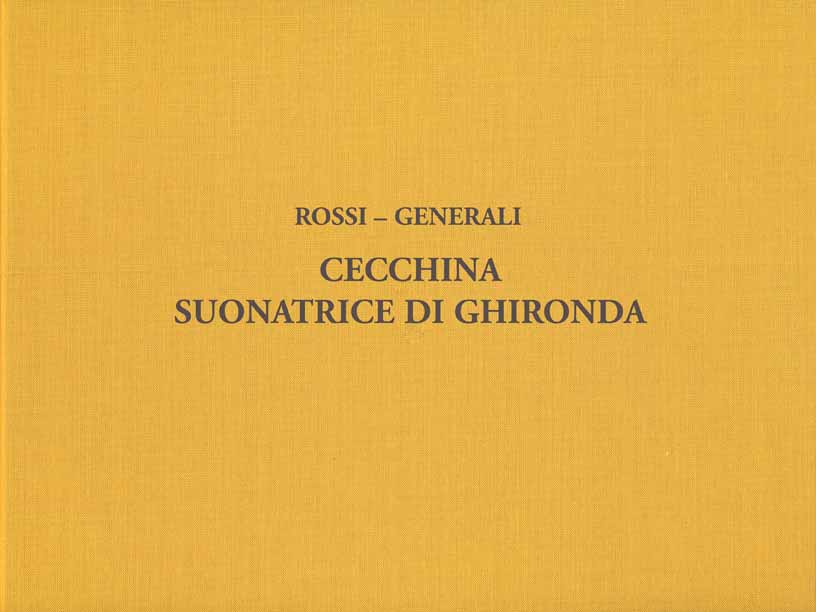
Cecchina suonatrice di ghironda
Facsimile edition of the score and edition of the libretto, with an essay by Marco Beghelli
The 28th volume of the series “Drammaturgia musicale veneta” contains the farsa per musica (musical farce) Cecchina suonatrice di ghironda by Gaetano Rossi and Pietro Generali (Venice, Teatro San Moisè, 1810), which is one of the last and most interesting examples of this particular type of one-act opera that predominated in Venetian theatres at the turn of the eighteenth and nineteenth centuries. The main interest of this work lies in its subject, which brings to the stage (in sanitized form) one of the major social ills of the time: the emigration to Paris of numerous adolescents from Savoy, who worked as chimney sweeps (the boys) or as prostitutes (the girls). For both sexes, the ghironda (hurdy-gurdy) quickly became a symbol in sound, linked to the world of beggars. More specifically, the attempt made in this score to imitate by means of the orchestra the complex sound of a hurdy-gurdy gives rise to a compositional virtuosity without parallel expressed through truly experimental musical writing. The long introductory essay by Marco Beghelli pays equal attention to the stylistic and dramatic aspects of the libretto and score, viewing each of them in the context of the extremely numerous Savoyard subjects and musical farces produced around that time. Especially detailed is the evaluation of the libretto in relation to its parent literary source and of the score in relation to the musical forms then dominant.
